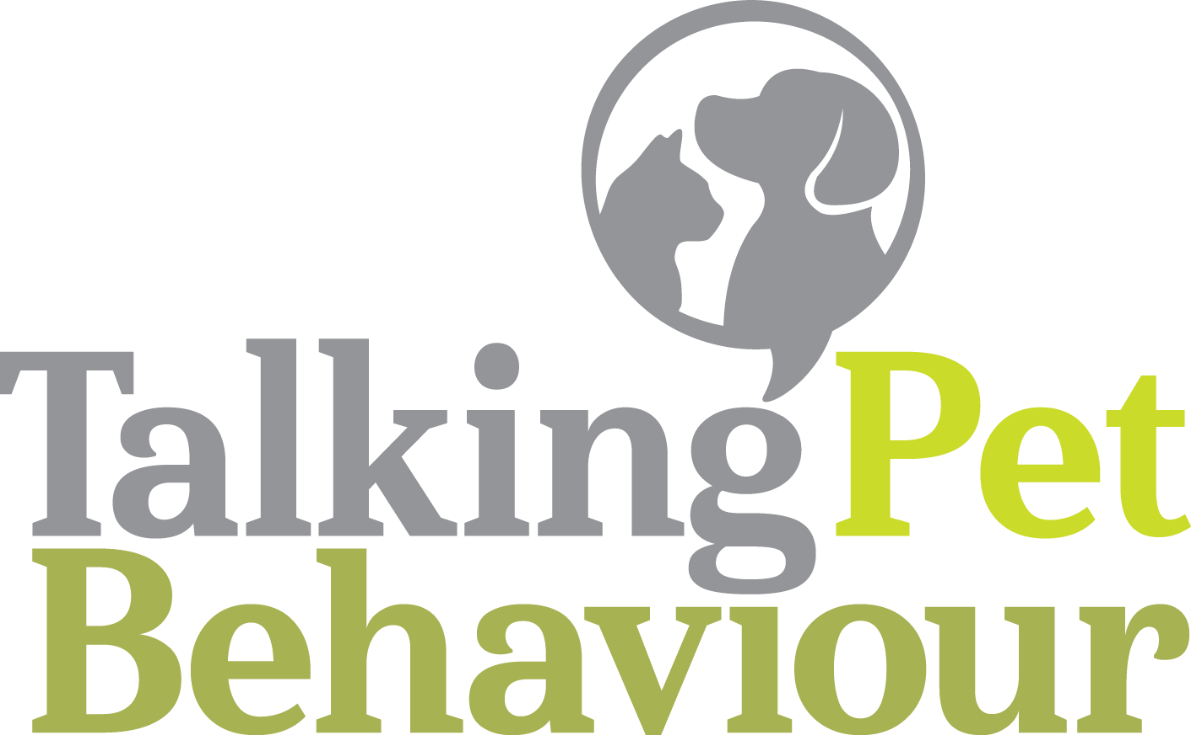Unlock Your Dog’s Secret Language: A Guide to Canine Body Language & Separation Anxiety
At Talking Pet Behaviour, we understand that the relationship between pets and their humans is incredibly important. Therefore in this blog, I wanted to talk about separation anxiety in this blog as it is so prevalent currently.
Dogs don’t speak our language, but they do communicate with us constantly—through their body language! If your dog struggles with separation anxiety, understanding these signals can help you prevent stress, improve training, and strengthen your bond.
Why Canine Body Language is Key in Separation Anxiety Training
Understanding your dog’s body language is essential when dealing with separation anxiety. Dogs communicate their emotions through subtle physical cues, and recognising these signals helps us determine whether they are:
Below threshold – Calm and able to learn
At threshold – Starting to feel uneasy
Over threshold – Too anxious to learn or cope
By learning to identify these states, you can adjust your training approach to keep your dog within a manageable emotional zone, preventing stress from escalating into panic.
Understanding Thresholds in Separation Anxiety
A threshold is the point at which a dog shifts from being calm to becoming anxious or overwhelmed. The goal in separation anxiety training is to keep your dog below threshold so they can gradually build confidence being alone.
Threshold Examples in Separation Anxiety Training:
Below Threshold (Safe Zone)
Dog is relaxed, exploring, chewing a toy.
Mild awareness that you’re preparing to leave but remains calm.
Can eat treats, settle, and engage in normal activities.
At Threshold (Starting to Feel Anxious)
Increased alertness: ears perked, pacing, panting.
Whining or minor vocaliation.
Hesitant to eat or play, but not in full panic.
Over Threshold (Panic Mode)
Excessive barking, howling, or destructive behavior.
Refuses food, cannot settle, shows escape behaviors (scratching doors, chewing furniture).
Heart rate elevated, trembling, or drooling excessively.
Why This Matters: If your dog is over threshold, they are too stressed to learn. Effective training should always stay below or at threshold, ensuring your dog remains in a manageable emotional state.
Flight, Fight, or Freeze: The Nervous System in Action
When a dog feels threatened or overwhelmed (such as being left alone), their nervous system activates a survival response:
🚀 Flight (Escape Mode)
Trying to run away, scratching at doors, jumping at windows.
Pacing, circling, or persistent searching for their owner.
Some dogs may urinate or defecate due to stress.
🐺 Fight (Defensive Mode)
Barking, growling, lunging at doors/windows.
Chewing furniture, tearing up bedding (a form of displaced aggression).
Some dogs may even nip or bite in frustration if someone tries to restrain them.
❄️ Freeze (Shutdown Mode)
Becoming completely still, staring blankly.
Flattening to the floor, unable to move.
Ignoring treats, food, or toys—frozen in fear.
This fight/flight/freeze response is part of the autonomic nervous system, which controls involuntary reactions to stress. When a dog is experiencing separation anxiety, they are often stuck in this survival mode, making it impossible to learn.
👉 Why This Matters: If a dog is in flight, fight, or freeze, training won’t be effective. By recognising these signs, you can adjust your approach and help your dog feel safe and calm before continuing separation training.
The Key Signs to Watch For
Here’s a simple guide to read your dog’s emotions before they escalate into full-blown distress.
Signs of Stress & Anxiety
If your dog shows these signs when left alone (or even before you leave), they may be struggling with separation anxiety:
Yawning & Lip Licking – Not just tired or hungry! These can be stress signals.
Panting (When Not Hot) – A sign of nervousness or discomfort.
Pacing – Walking back and forth signals unease.
Whale Eye (Whites of Eyes Visible) – A sign of worry or fear.
Tucked Tail & Lowered Ears – Your dog is feeling insecure.
Shaking Off (When Not Wet) – A way to release stress.
Excessive Licking or Chewing – Self-soothing behavior.
Signs of Relaxation & Confidence
Recognising calm body language helps you reward and reinforce positive emotions:
Soft Eyes & Relaxed Blink – Your dog is happy and at ease.
Loose, Wagging Tail – A gentle, slow wag (not stiff or high).
Balanced Posture – Weight evenly distributed, no stiffness.
Play Bow – Front legs stretched, bum in the air = ready for fun!
Misunderstood Signals
A Wagging Tail may not always signify always happy – A stiff, fast wag can mean stress or excitement, not relaxation - Read my blog on tail wagging.
Rolling Over Isn’t Always Playful – If they’re stiff and tense, they might be feeling defensive.
Jumping Up Can Be Anxiety, Not Just Excitement – If paired with whining, it’s often stress-related.
Final Thoughts: Using Body Language to Guide Training
Watch for early stress signals before your dog reaches panic mode.
Adjust training intensity to keep them below threshold.
Build resilience by working within their comfort zone and progressing gradually.
Understanding body language and thresholds allows you to train smarter, not harder—helping your dog feel safe, confident, and eventually comfortable being alone.


